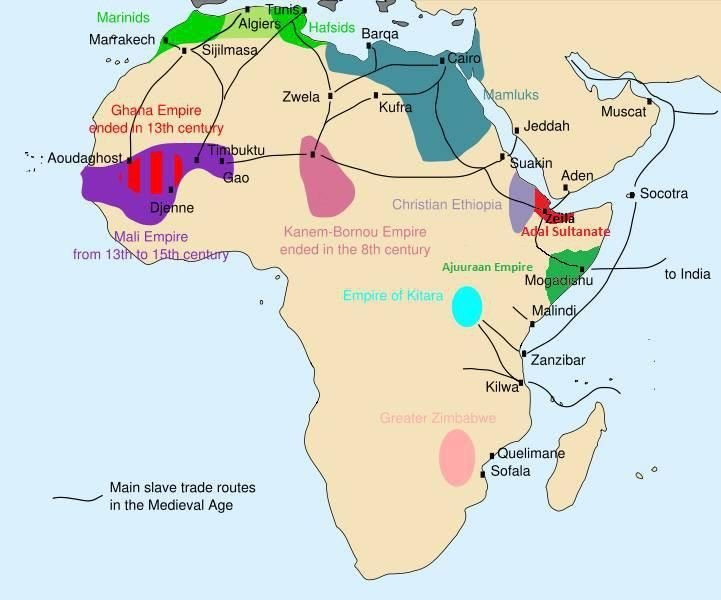Which sea did traders from Timbuktu cross to reach Europe Maritime trade is the type of trade that includes the use of ships to transport goods by sea. Because of the danger involved in a form of transport, agreements relating to this kind of trade have several unique rules that have developed since ancient times from customs and regulations.
Which sea did traders from Timbuktu cross to reach Europe?
Traders from Timbuktu, a historic city in Mali, crossed the Mediterranean Sea to reach Europe. The Mediterranean Sea is a large sea that borders southern Europe, northern Africa, and western Asia. It has been an important route for trade and commerce for thousands of years, and many ancient civilizations, including the Phoenicians, Greeks, and Romans, relied on the Mediterranean Sea for their economic and cultural exchange. Traders from Timbuktu would have likely crossed the sea to reach countries like Spain, Italy, and Greece, which were important trade partners for West African countries during the medieval period.
Timbuktu became a popular trading centre for the whole region and many goods were traded there. Until the discovery of the Americas, Mali was the main producer of gold in the world. Timbuktu was very wealthy because it became the centre for gold trade.

Even though they produced cotton in Timbuktu, the inhabitants also wanted the fine printed fabrics that
came from Europe. These goods were transported across the Mediterranean Sea to Morocco in North
Africa. The traders would then bring them across the Sahara Desert to Timbuktu. Salt was mined in Taghaza
by digging 23kg blocks out of the ground. At one time, salt was worth as much as gold. Salt was very hard to find in other parts of the world at that time.